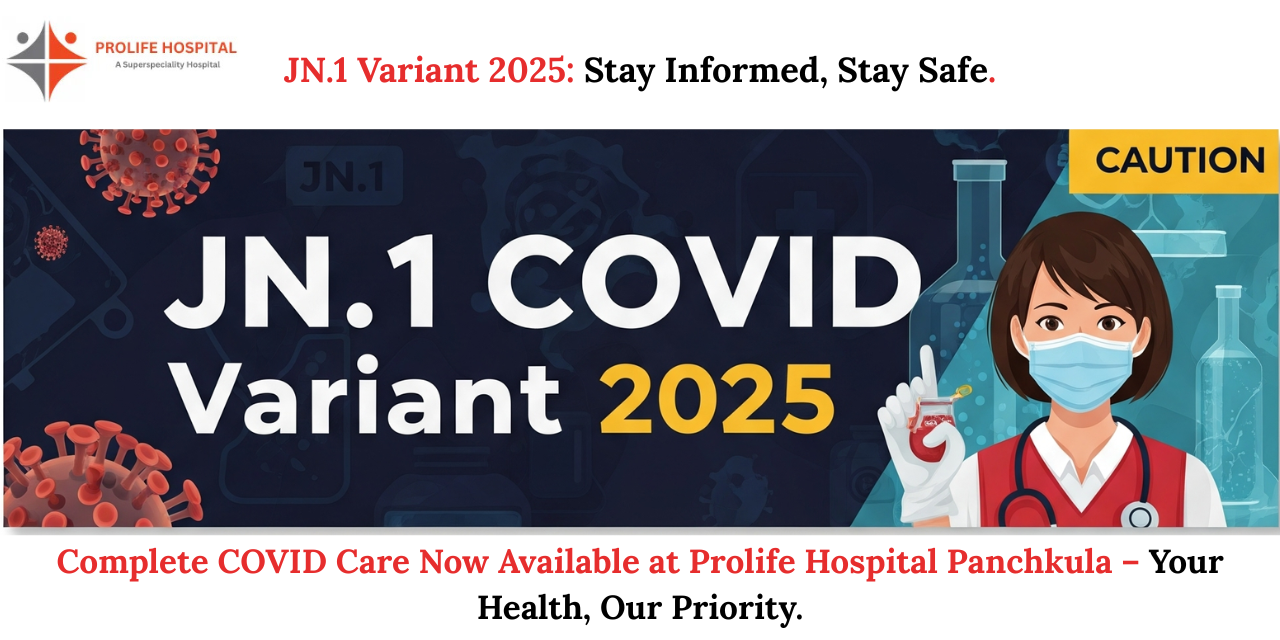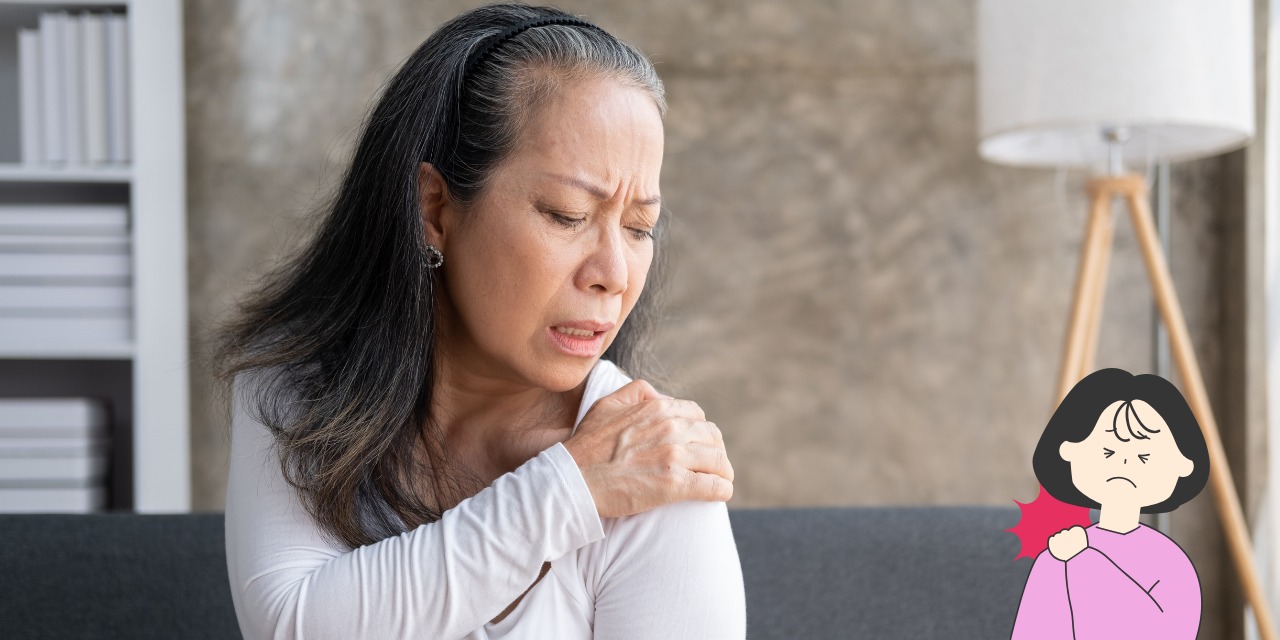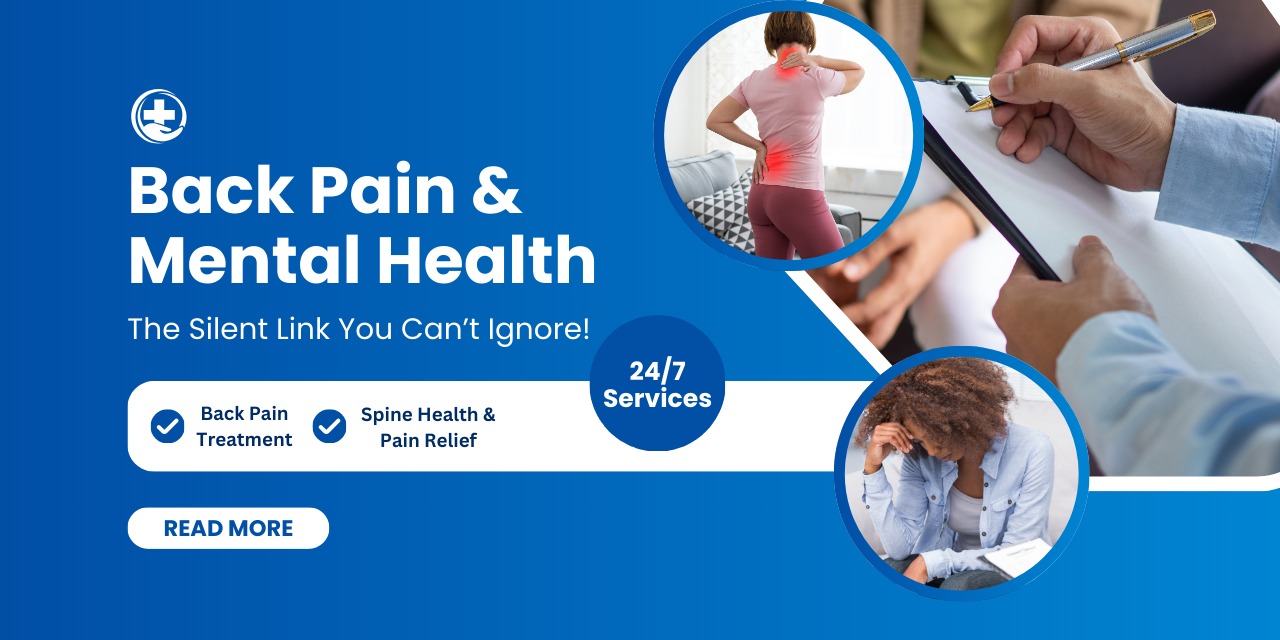Maintaining strong bones is essential for a healthy life, yet bone weakness can creep up on you without obvious symptoms. Over time, bones can lose their density, become brittle, and more prone to fractures and injury. Recognizing the signs of bone weakness early on can help prevent long-term damage and improve your overall quality of life. This article discusses the common signs of bone problems such as pain, fractures, and stiffness, and emphasizes the importance of seeking early bone treatment to preserve your bone health.
1. Persistent Bone Pain
One of the most noticeable signs of bone weakness is persistent bone pain. While occasional aches or discomfort might be expected, ongoing or chronic pain in the bones, especially in areas such as the lower back, hips, knees, or wrists, may signal an underlying issue. Bone pain could indicate conditions such as osteoporosis, arthritis, or stress fractures, all of which weaken the bone structure and make bones more vulnerable to damage.
If you experience pain that doesn’t improve with rest or over-the-counter pain relievers, it is essential to consult a healthcare provider for a proper diagnosis. Early treatment can help manage pain and prevent further deterioration of bone health.
2. Frequent Fractures or Injuries
A sign of bone weakness that is often overlooked is frequent fractures or injuries. When bones become weak, they are more susceptible to breaking even with minor falls or stress. A slight stumble or a simple bump could lead to a fracture if your bones are not as strong as they should be.
Fractures in areas like the wrist, hip, or spine are common indicators of bone issues like osteoporosis or osteopenia (a precursor to osteoporosis). If you notice that you are breaking bones more easily than in the past, it is critical to seek bone treatment in Panchkula or consult with a specialist at Raffels Hospital for an evaluation and proper care.
3. Stiffness and Limited Mobility
Another common sign of bone weakness is stiffness, especially in the joints. Over time, weakened bones can lead to joint degeneration and a loss of mobility. If you notice that it’s becoming harder to move freely or experience stiffness in your hips, knees, or back, it could be due to weakened bones or related conditions such as osteoarthritis.
This stiffness may be accompanied by swelling or tenderness in the affected area. Early diagnosis and intervention can help reduce stiffness and preserve your range of motion. Treatment options may include physical therapy, medication, and lifestyle changes that promote bone strength.
4. Postural Changes
As bones weaken, it can also affect your posture. One of the most visible signs of weakened bones is a noticeable change in posture, such as a stooped or hunched back. This can be a sign of vertebral fractures or compression fractures in the spine, which often result from osteoporosis.
If you notice that your posture is changing or that you’re experiencing a loss of height over time, this could indicate that your bones are weakening and that you are at risk for more serious bone issues. Consult with a healthcare provider to assess your condition and start appropriate treatment to address this issue.
5. Reduced Strength or Endurance
Bone weakness can also lead to reduced strength and endurance. If you find that everyday activities, like carrying groceries, climbing stairs, or exercising, are becoming more difficult, it may be because your bones are not as strong as they once were. Weakened bones affect the overall functionality of your body, leading to fatigue and a general lack of energy.
This can also affect your balance and coordination, increasing the risk of falls. Early treatment can address this issue and help you regain strength through exercises, medications, and bone-healthy nutrients.
6. Changes in Bone Density
One of the most important signs of bone weakness is a decrease in bone density, a condition known as osteopenia or osteoporosis. Bone density naturally decreases with age, but in some people, this process happens more rapidly. The reduction in bone mass makes bones more fragile and more likely to fracture. However, bone density loss often occurs without noticeable symptoms.
To detect bone density loss, doctors recommend bone density testing, such as a DEXA scan. Early detection can help guide treatment options like medication and lifestyle adjustments to slow down or stop further bone loss.
Why Early Treatment is Crucial
Recognizing the signs of bone weakness and seeking treatment early can prevent further damage and improve long-term outcomes. Without treatment, bone conditions such as osteoporosis can lead to chronic pain, disability, and a reduced quality of life. Early intervention with proper bone treatment can help strengthen bones, reduce the risk of fractures, and improve mobility.
If you notice any of the above signs of bone weakness, it’s essential to seek medical advice. Raffels Hospital, offers expert care and comprehensive treatment options to address various bone conditions. Dr. M.S. Gupta, a renowned specialist, can guide you through a personalized treatment plan to help you regain bone health and prevent long-term complications.
Conclusion
Bone weakness is a serious condition that can affect your overall health, but recognizing the signs early can help you take action to protect your bones. If you experience persistent pain, frequent fractures, stiffness, or other symptoms of bone weakness, seeking treatment is vital. Early intervention can prevent further damage and improve your quality of life. If you’re looking for expert care, visit Dr. M.S. Gupta for bone treatment in Panchkula at Raffels Hospital and take the first step towards stronger, healthier bones. To get more information please contact us on :+919356728000













